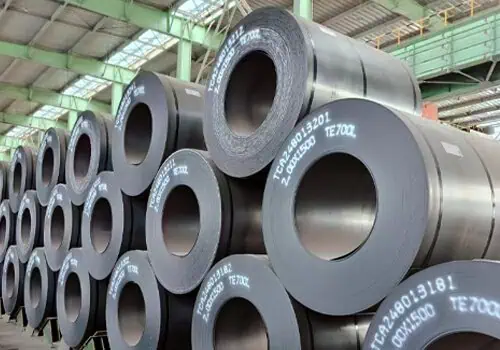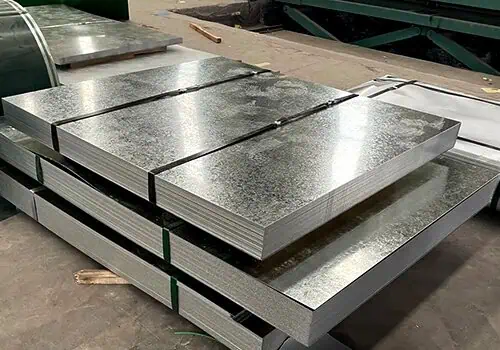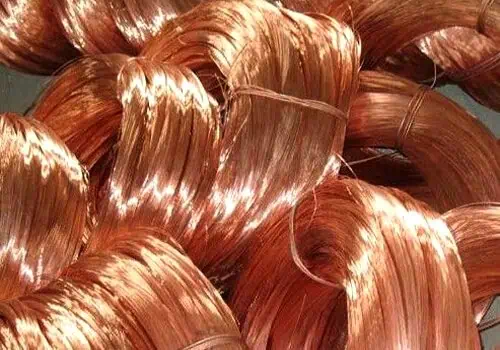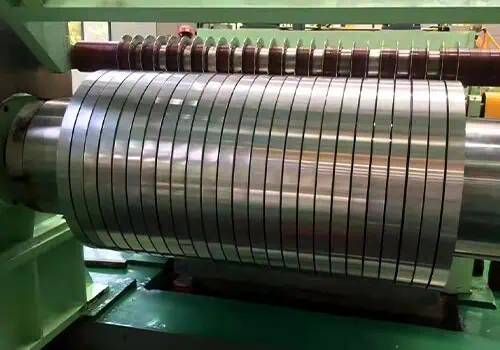PPGI sheets are versatile but underutilized. What are the common PPGI sheet uses? Are you missing profitable opportunities? Let’s reveal how smart buyers are using PPGI to lower costs and increase their project efficiency.
PPGI sheets are commonly used in roofing, wall cladding, cold storage facilities, home appliances, and agricultural buildings. Thanks to their strength, corrosion resistance, and aesthetic finish, PPGI sheets are a go-to material for cost-effective and long-lasting construction and manufacturing solutions.
See how various industries maximize PPGI sheets over alternatives such as aluminum or stainless steel.
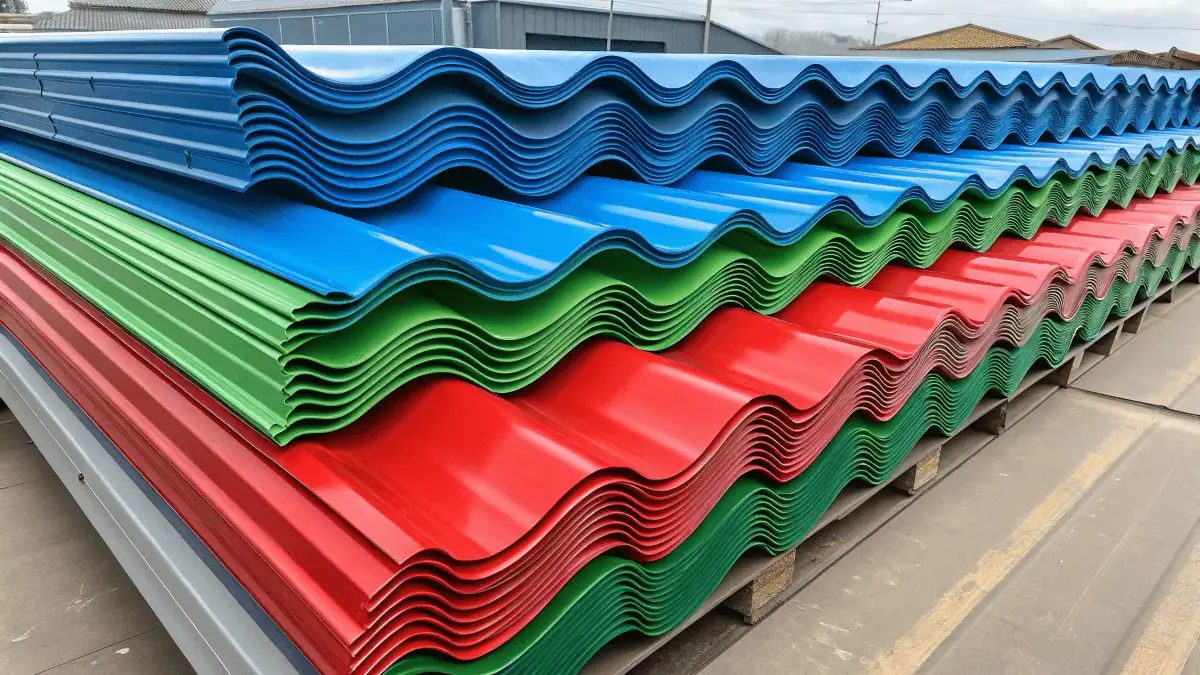
What Is PPGI Sheet Used For In Construction?
PPGI stands for prepainted galvanized iron. It’s very popular in the construction industry because of its great strength, lightness, and ability to resist corrosion. PPGI sheets find uses in commercial buildings, factories, and modern residential developments. Builders often use the sheets for roofing, wall cladding, facades, false ceilings, and partition panels.
The beauty of PPGI steel is that it combines zinc coating for corrosion resistance with paint for durable aesthetics. This makes it perfect for use in areas exposed to rain, sun, or pollution. In large-scale housing or factory developments, color-coated sheets help save money on labor by eliminating the need for painting after installation. Their lightness also means less load on the structure and simpler framing systems.
Architects prefer PPGI because it can be designed to look any way they want. Available in different textures, finishes, and thicknesses, PPGI can meet structural and aesthetic needs. In modular construction, PPGI coil can be prefabricated to size, which speeds up installation. Whether you’re building a big, fancy commercial building or re-gentrifying part of a city, PPGI’s flexibility in how it’s specified makes it an ideal modern construction material.
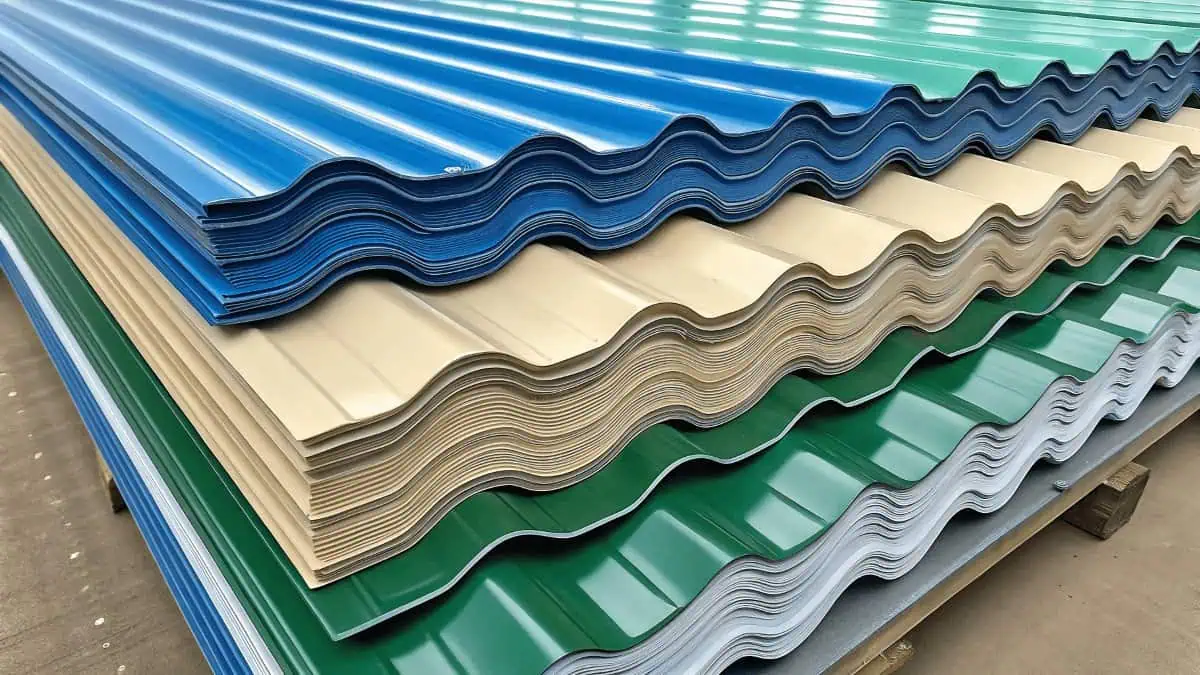
Are PPGI Sheets Good For Roofing?
Roofing is the harshest construction application, and PPGI sheets excel. Their corrosion resistance, weather-proof surface, and UV-reflective coating make them perfect for long-term outdoor exposure. A PPGI roof sheet will last for decades without rusting or fading if you install it correctly with the right fasteners and flashing.
PPGI sheets, as mentioned, are lightweight. This makes them easier to handle and install compared to traditional materials such as concrete tiles or even heavier metal sheets. This can mean faster completion times and lower labor costs. Also, because they’re available in a wide range of colors and patterns, property owners can match their roofs to their overall building aesthetics.
In Southeast Asia, Latin America, Africa, and other places with intense heat and rainfall, color coated steel coil helps regulate interior temperatures by reflecting sunlight. In these hot, humid areas, metal roofs can rust, but the zinc-aluminum barrier in PPGI steel coil protects against moisture and salinity, especially in coastal areas. When considering PPGI sheet price vs. lifespan, contractors find that PPGI wins based on its longevity and cost-effectiveness.
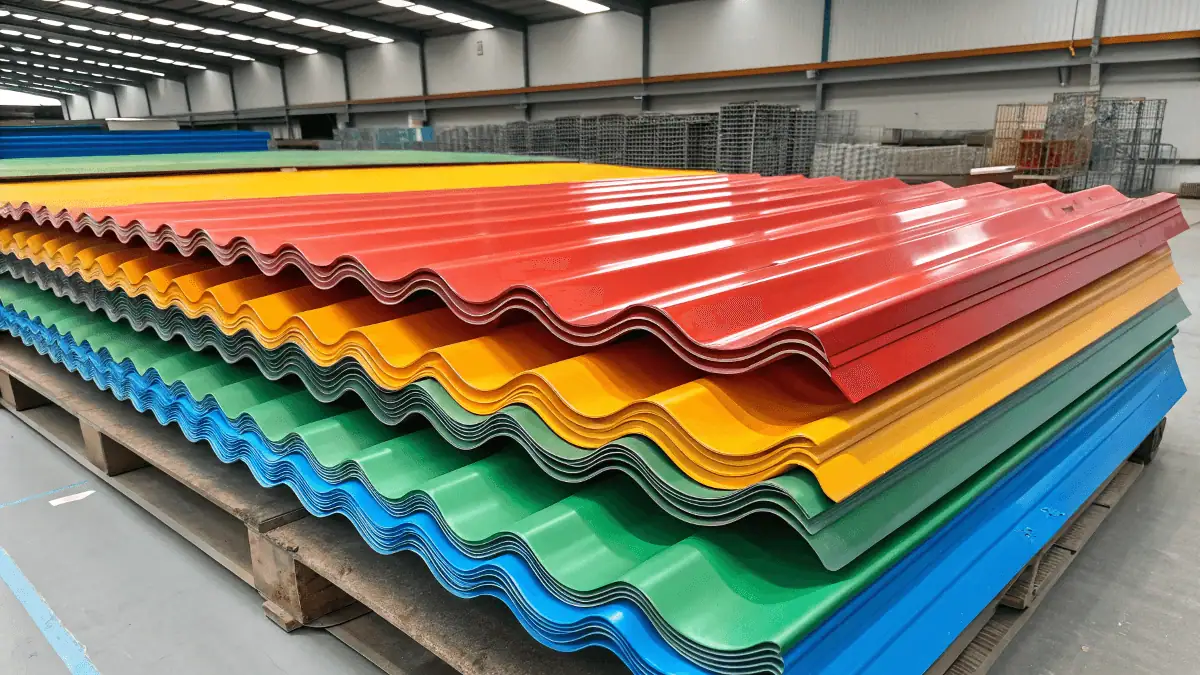
Can PPGI Sheets Be Used For Cold Storage?
The construction of cold storage requires materials that are hygienic, corrosion-resistant, and capable of providing thermal protection. PPGI sheets meet all these criteria and are now the default option for wall and ceiling panels in cold rooms, refrigerated warehouses, and food processing facilities. The smooth, non-porous surface of a PPGI sheet means it is easy to clean, reducing the risk of bacterial contamination.
Since cold storage facilities must control temperature, materials like PPGI steel that work well with polyurethane foam or EPS insulation are ideal. The outer color coated coil provides an extended service life by avoiding buildup of condensation and rust. Unlike uncoated steel, PPGI can handle multiple freeze-thaw cycles without cracking, peeling, or corroding.
Food safety is another major reason that prepainted galvanized steel coil is used in these environments. Paint systems used on color coated steel coils are often FDA-compliant and emit no harmful VOCs or odors. In pharmaceutical storage applications, cleanroom standards often require materials with antibacterial properties, something many PPGI coils offer today. Plus, with color coated sheets, cold storage rooms can label sections by food type, aiding in warehouse management.
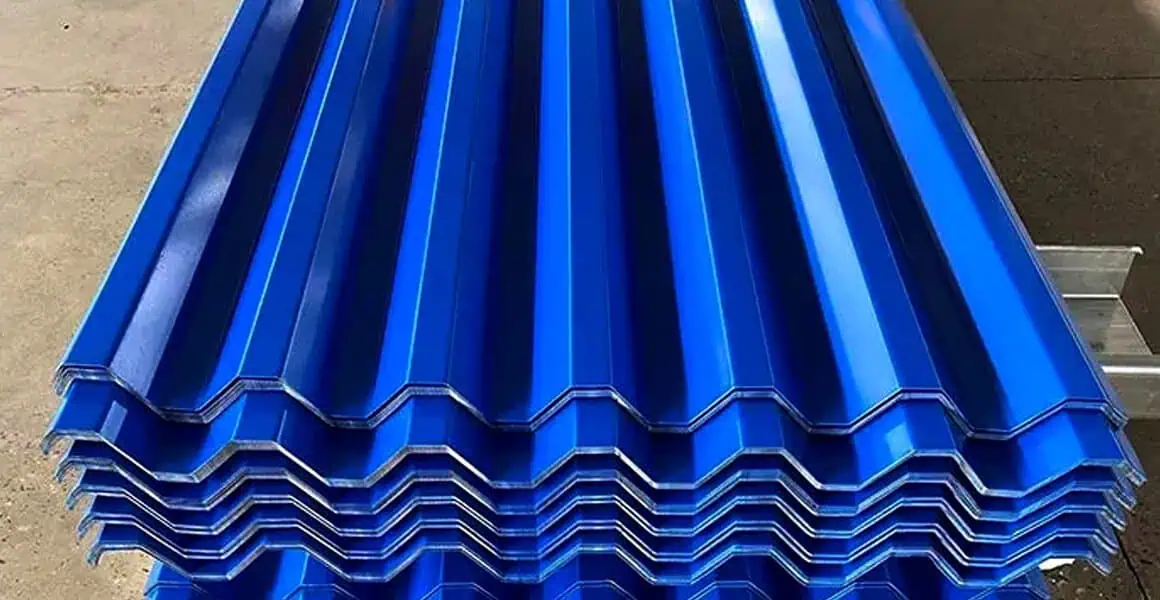
What Are Industrial Uses Of PPGI Sheet?
Beyond construction, PPGI sheets are essential in various industries such as manufacturing, warehousing, agriculture, and energy. Their high tensile strength, formability, and recyclability make them suitable for industrial applications where both strength and appearance are important. You’ll find PPGI steel coil used for HVAC systems (ducting), electrical cabinets, storage units, conveyor covers, and even partitions in chemical plants.
In agricultural infrastructure, PPGI sheeting is employed for poultry sheds, greenhouses, animal shelters, and irrigation pump sheds. The colored coating aids in reflecting sunlight, keeping the structures cooler, while the galvanized layer helps prevent rust due to animal waste exposure. Farmers appreciate the color coated coil’s easy-to-clean surface, which can lead to reduced disease outbreaks and cleaning time.
In the energy sector, specifically solar, color coated steel coils are used in the structural framing of solar panel arrays. These steel coils must support heavy mechanical loads while resisting corrosion from rain, dust, and UV rays. In the logistics sector, PPGI coil is used to construct cargo shelters and storage bays. With the right PPGI sheet specification, it may even be used in mild chemical environments by selecting special coating types.
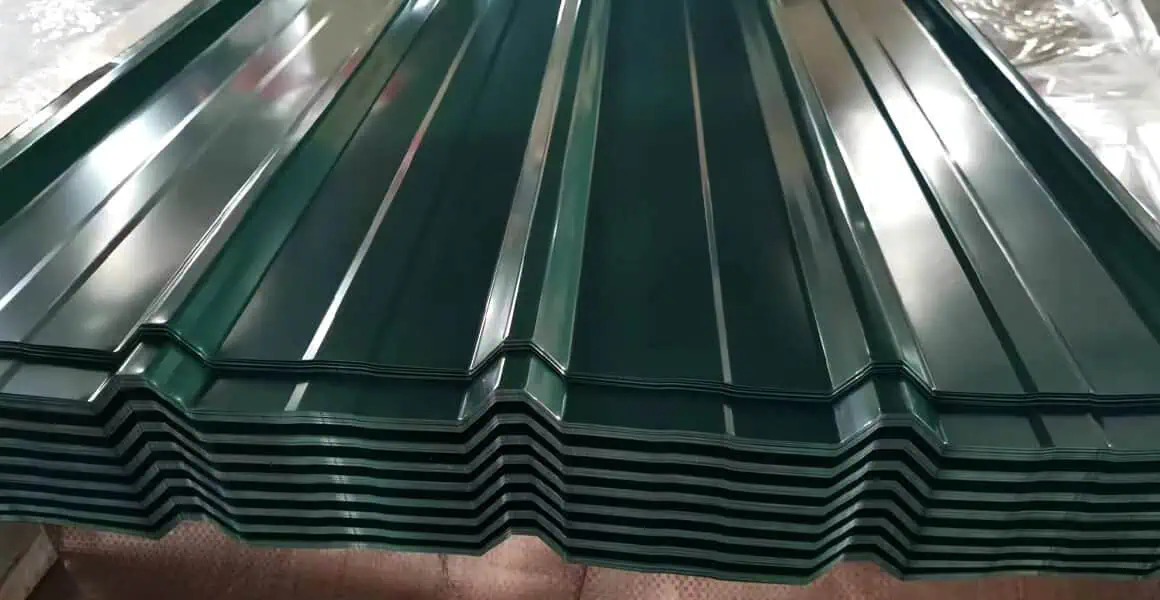
How Are PPGI Sheets Used In Appliances?
Consumer electronics and white goods manufacturers rely on PPGI sheets to create durable, aesthetically pleasing exteriors. In products like refrigerators, washing machines, ovens, water heaters, and air conditioning units, PPGI steel provides a smooth, anti-rust surface that can be painted in various shades to match branding.
The color coated coils are popular for their resistance to scratches, humidity, and chemicals like bleach or detergent. They maintain their color, thickness, and strength when you bend and cut them. They even stand up to rolling. It means the LED mirror manufacturer doesn’t have to worry about them getting scuffed up if they’re rolling off a line or bending them to tear them apart.
Also, ppgi sheet weight is much lighter than stainless steel, so if you’re making appliances, your appliances would be lighter, and it would be cheaper to ship. This is one of the main reasons why a lot of the big brands use ppgi sheet to save money without sacrificing quality. You can also get the ppgi sheet in a variety of different textures, a matte finish, a glossy finish, embossed, and they even have anti-fingerprint coatings that you can put on these higher-end appliances.
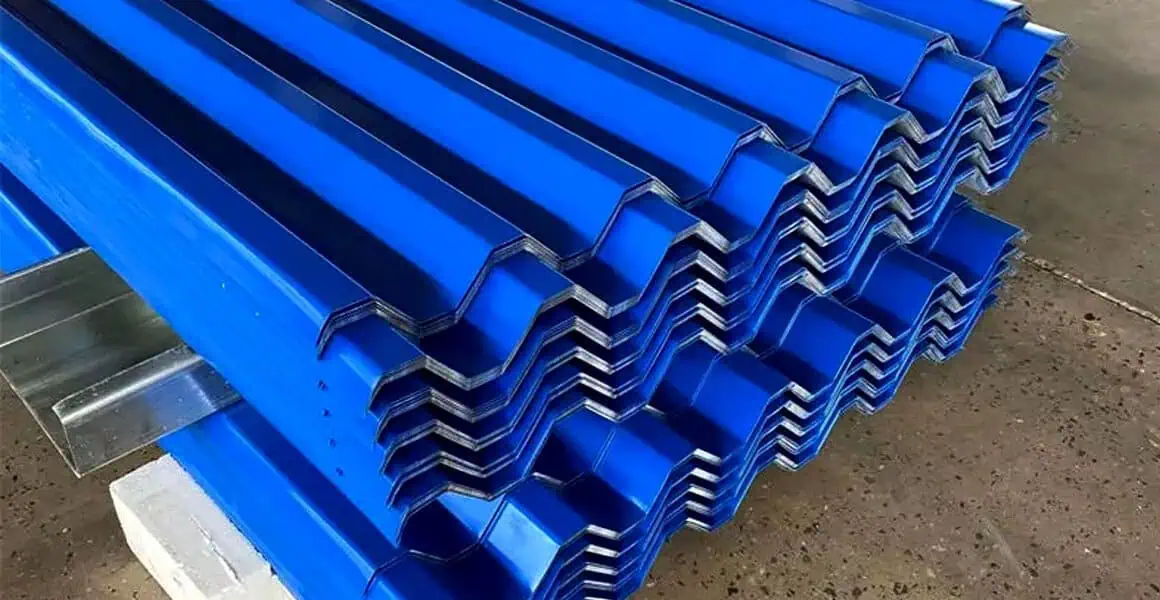
What Are The Advantages Of Using PPGI Sheets?
The broad use of PPGI sheets across industries underscores their myriad benefits. First and foremost, they offer excellent corrosion resistance, making them well-suited for outdoor and damp applications. Their aesthetic appeal, available in a rainbow of colors and finishes, makes them suitable for visible installations.
Secondly, PPGI is highly recyclable, contributing to environmentally responsible construction. It aligns with green building certification programs such as LEED and BREEAM. Contractors also benefit from lower installation costs thanks to its formability, meaning ppgi steel can be bent, cut, or crimped on-site with standard tools.
Maintenance is another win! Colour coated sheet surfaces are easy to clean and won’t require repainting for years. In areas with poor infrastructure, such as remote towns or rural projects, using colour coated steel coils will save time and resources. Also, you can use it with insulation materials in thermal and soundproof panels.
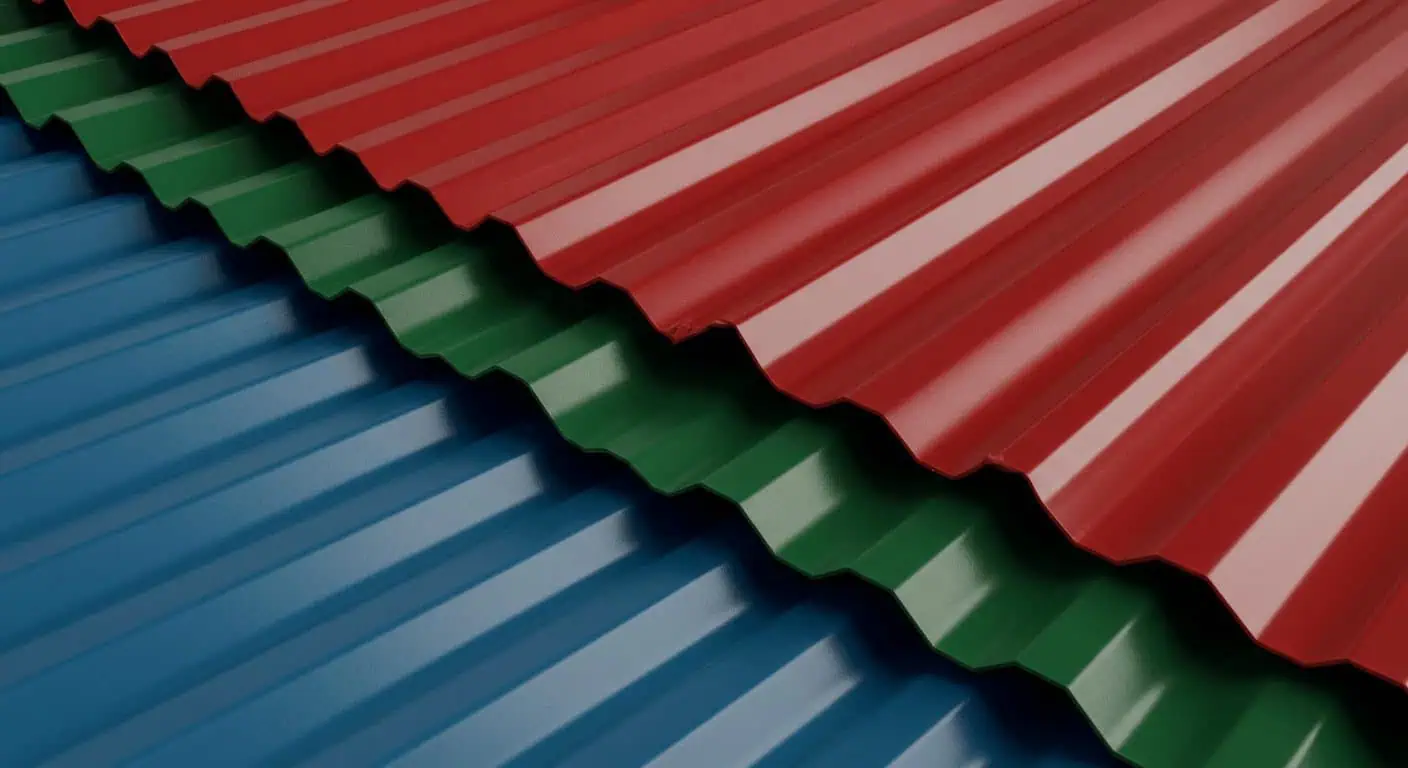
What Is The Difference Between PPGI And PPGL?
While the two may look similar, PPGI and PPGL are chemically different. PPGI is made using galvanized steel (zinc coating), while PPGL uses galvalume steel (a mix of aluminum and zinc). This difference in base material affects corrosion resistance and cost.
PPGL offers better corrosion resistance, especially in coastal and industrial environments. This is because the aluminum-zinc layer forms a harder, more durable barrier against rust. However, the PPGI sheet price is generally lower and the material is easier to bend and shape, which makes it the preferred option for roofs, wall panels, and appliances.
For appearance, PPGI has better paint adhesion and a broader color range. That’s why people not as concerned with durability but more focused on design often choose color coated sheet options made from PPGI. When comparing PPGI vs PPGL sheet, your decision often comes down to local climate, budget, and application type.
Summary
PPGI sheets provide strength, style, and savings. Evaluate your needs, climate, and budget to choose the right type and thickness for your next project.

